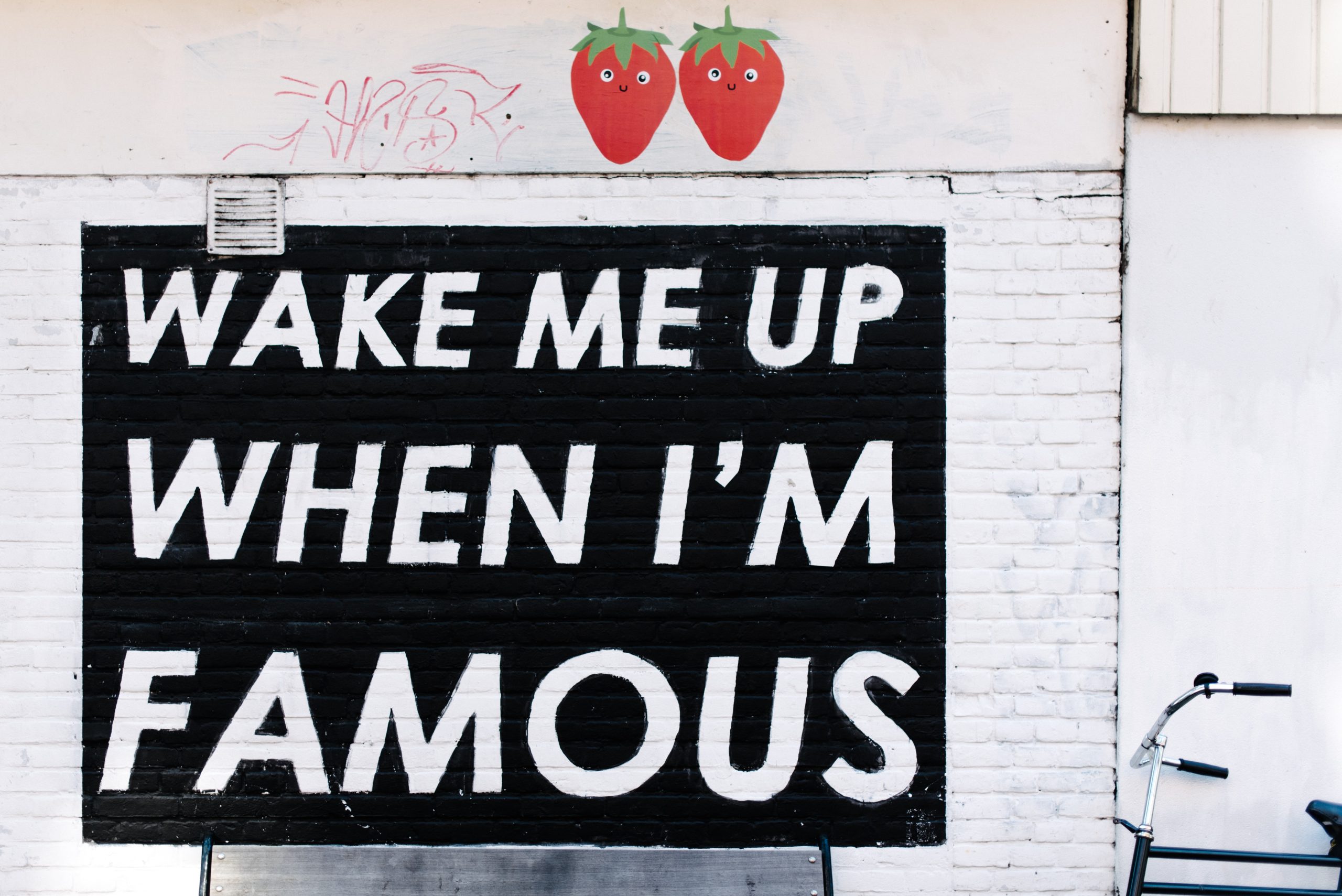Types of Moon Colors: A Guide to the Wondrous Variations
The moon, our celestial neighbor, has fascinated humans for centuries. Its luminous beauty graces our night skies and inspires awe and wonder. While most of us may be familiar with the moon’s classic white or silver hue, did you know that our lunar companion also showcases a dazzling array of colors at different times? In this comprehensive guide, we will explore the various types of moon colors that have captivated astronomers, poets, and dreamers alike.
1. The White Moon
The most common and frequently observed color of the moon is, of course, white. When we gaze up at the night sky and see the moon shining brightly, its surface appears white or silver to our eyes. This whitish color is primarily the result of sunlight reflecting off the moon’s surface. The moon lacks its own light source and instead relies on the sun’s illumination.
2. The Yellow Moon
Sometimes, the moon takes on a warm golden or yellowish hue. This phenomenon occurs when the moon is close to the horizon, typically during moonrises and moonsets. When the moon is near the Earth’s horizon, its light must pass through a greater portion of the Earth’s atmosphere. This atmospheric scattering scatters shorter wavelengths of light, such as blue and green, while allowing the longer wavelengths like red, orange, and yellow to reach our eyes. As a result, the moon appears yellow.
3. The Red Moon
One of the most captivating and enigmatic moon color variations is the red moon. Also known as the blood moon, this extraordinary sight occurs during a lunar eclipse. During a lunar eclipse, the Earth passes between the sun and the moon, casting its shadow on the moon’s surface. The Earth’s atmosphere bends the sun’s light, filtering out shorter wavelengths and allowing longer red wavelengths to reach the moon. This gives the moon a reddish tint, reminiscent of the color of a sunset.
The red moon has held significant cultural and historical symbolism for various societies throughout history. Many myths and legends associate the blood moon with omens, prophecies, and profound changes. It’s no wonder that this celestial phenomenon has captured the imagination of countless souls.
4. The Blue Moon
Contrary to its name, a blue moon is not truly blue in color. The term “blue moon” refers to the occurrence of an extra full moon within a calendar month or, in some cases, the third of four full moons within a season. While the moon appears white or yellowish like usual, the term “blue moon” is more of a calendar-based distinction rather than referring to the moon’s actual color.
5. The Orange Moon
Similar to the yellow moon, an orange moon appears when the moon is close to the horizon. This warm hue is most commonly witnessed during harvest moons, which are full moons that occur nearest to the autumnal equinox. Like with the yellow moon, the orange color is caused by the scattering of shorter wavelengths and the prevalence of longer-wavelength colors such as red and orange. The low-hanging moon appears larger and closer to the observer, intensifying the mesmerizing effect of its orange glow.
6. The Gray Moon
Although not as visually striking as the previously mentioned moon colors, the gray moon is a reflection of its subdued beauty. During phases of the moon other than the full moon, when the illuminated portion diminishes, the moon’s surface appears predominantly grayish. The absence of direct sunlight and the angle at which sunlight reaches the moon contribute to its subdued and cooler appearance.
It is worth noting that the moon’s hue can also be influenced by atmospheric conditions, such as pollution, dust, or smoke particles in the air. These factors can affect the amount of light that reaches the moon’s surface and subsequently alter its perceived color.
Conclusion
The moon, with its ever-changing colors, continues to captivate and inspire wonder in people of all ages. From the classic white to the captivating red, the moon’s hues are a testament to the intricate dance between light, atmosphere, and celestial bodies. Whether you’re an amateur stargazer or an avid astronomer, take a moment to appreciate the diverse and breathtaking colors of our radiant lunar companion.
Table of Contents
